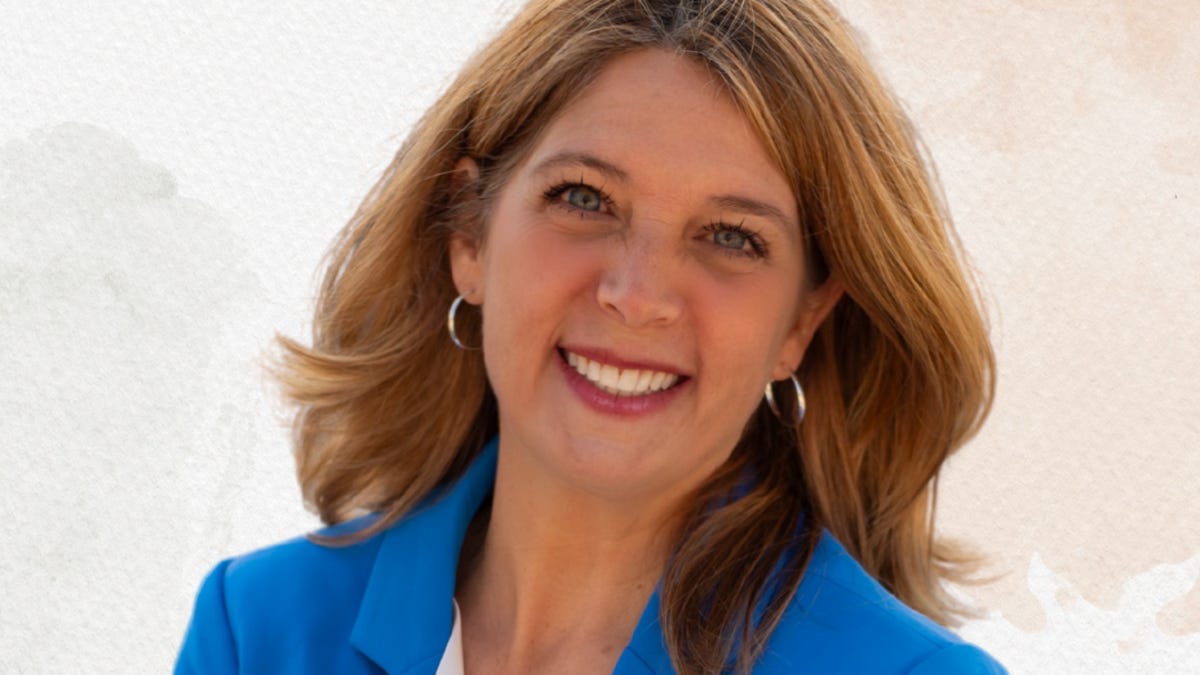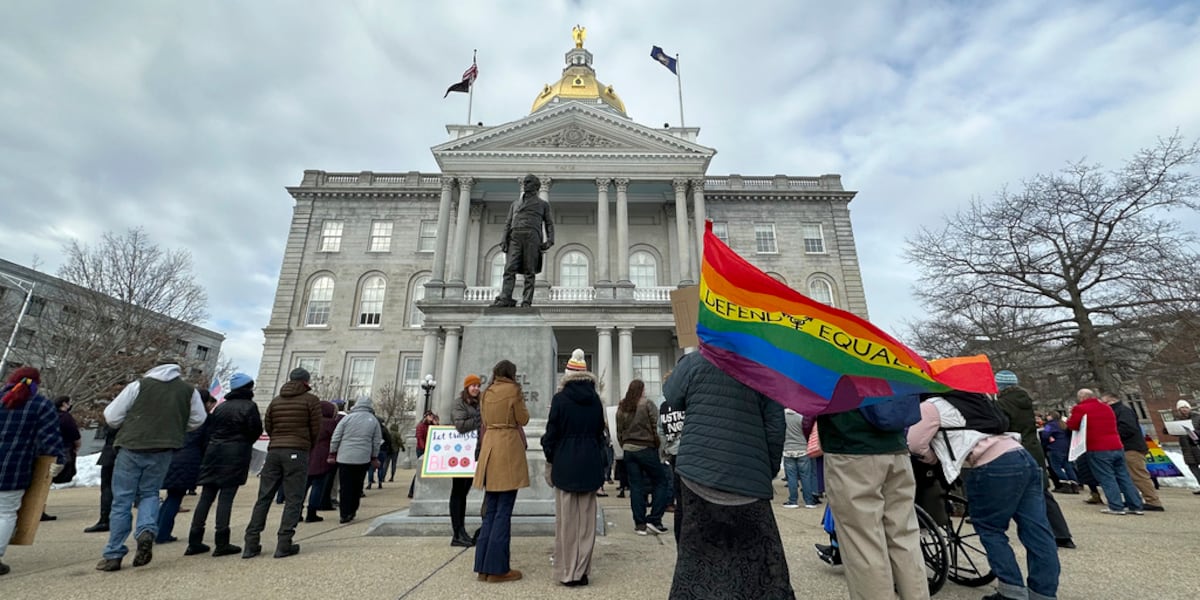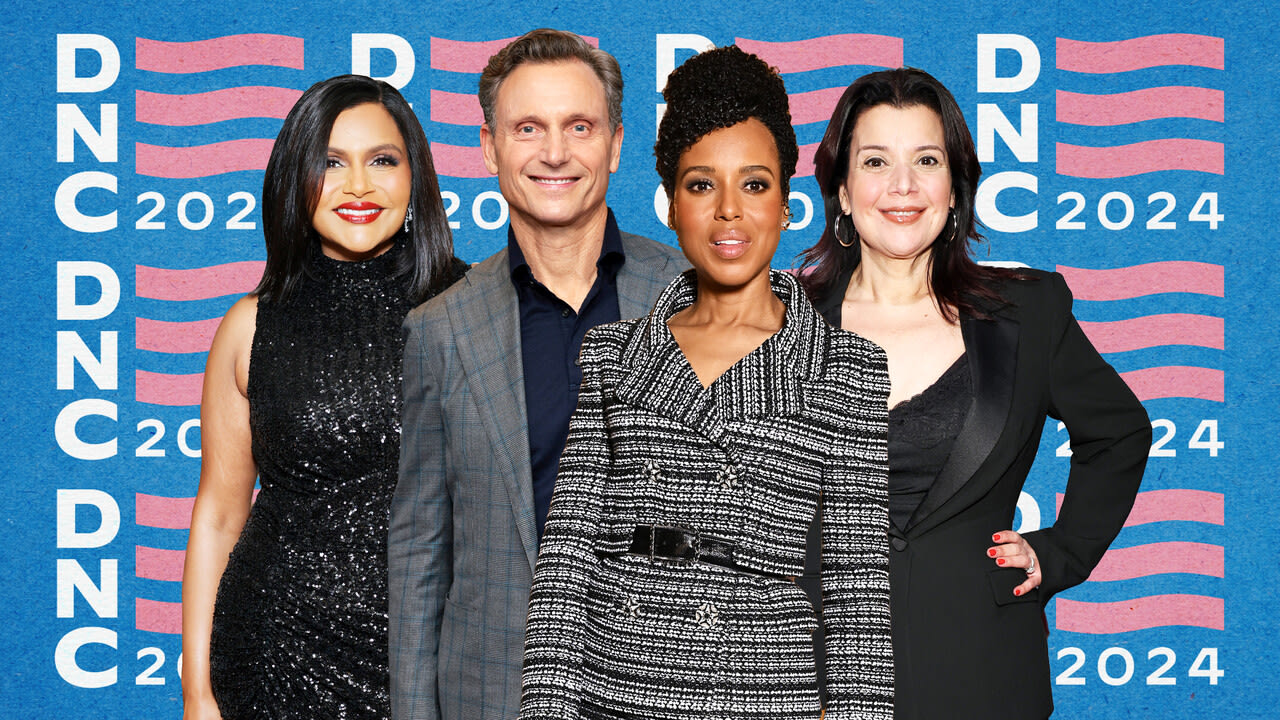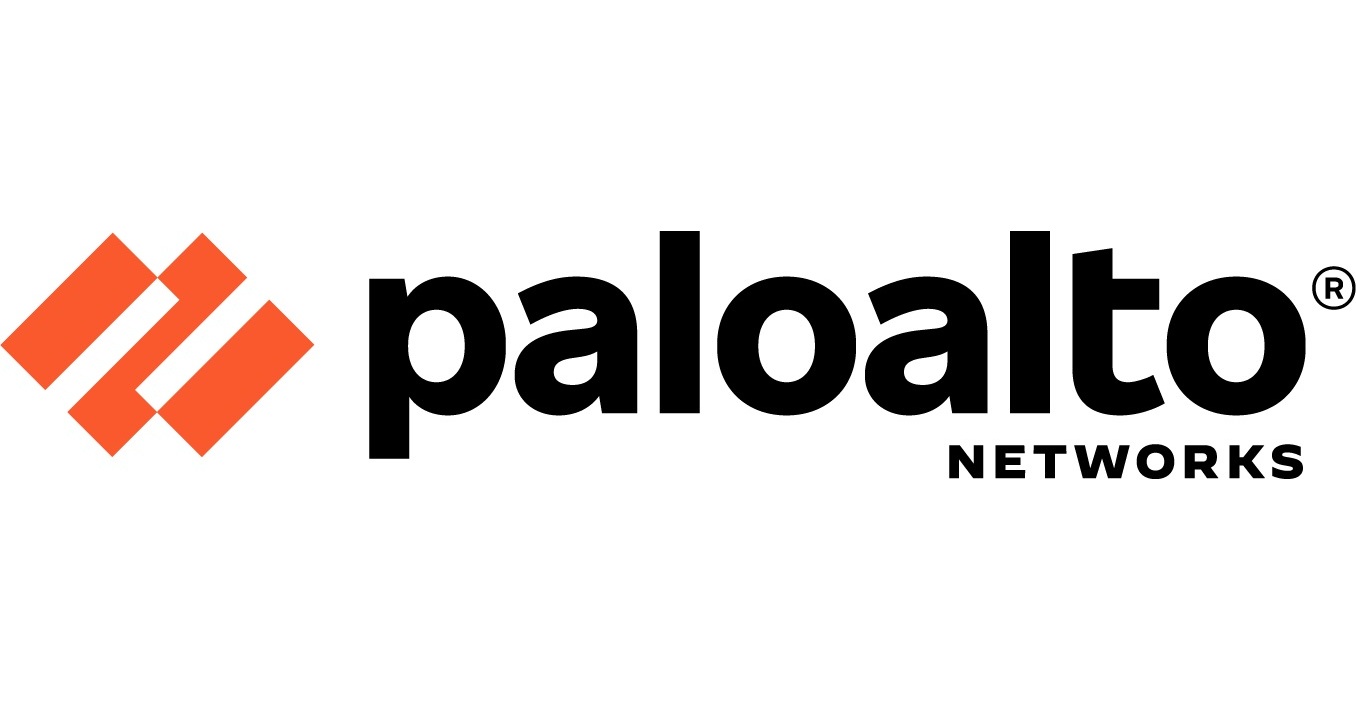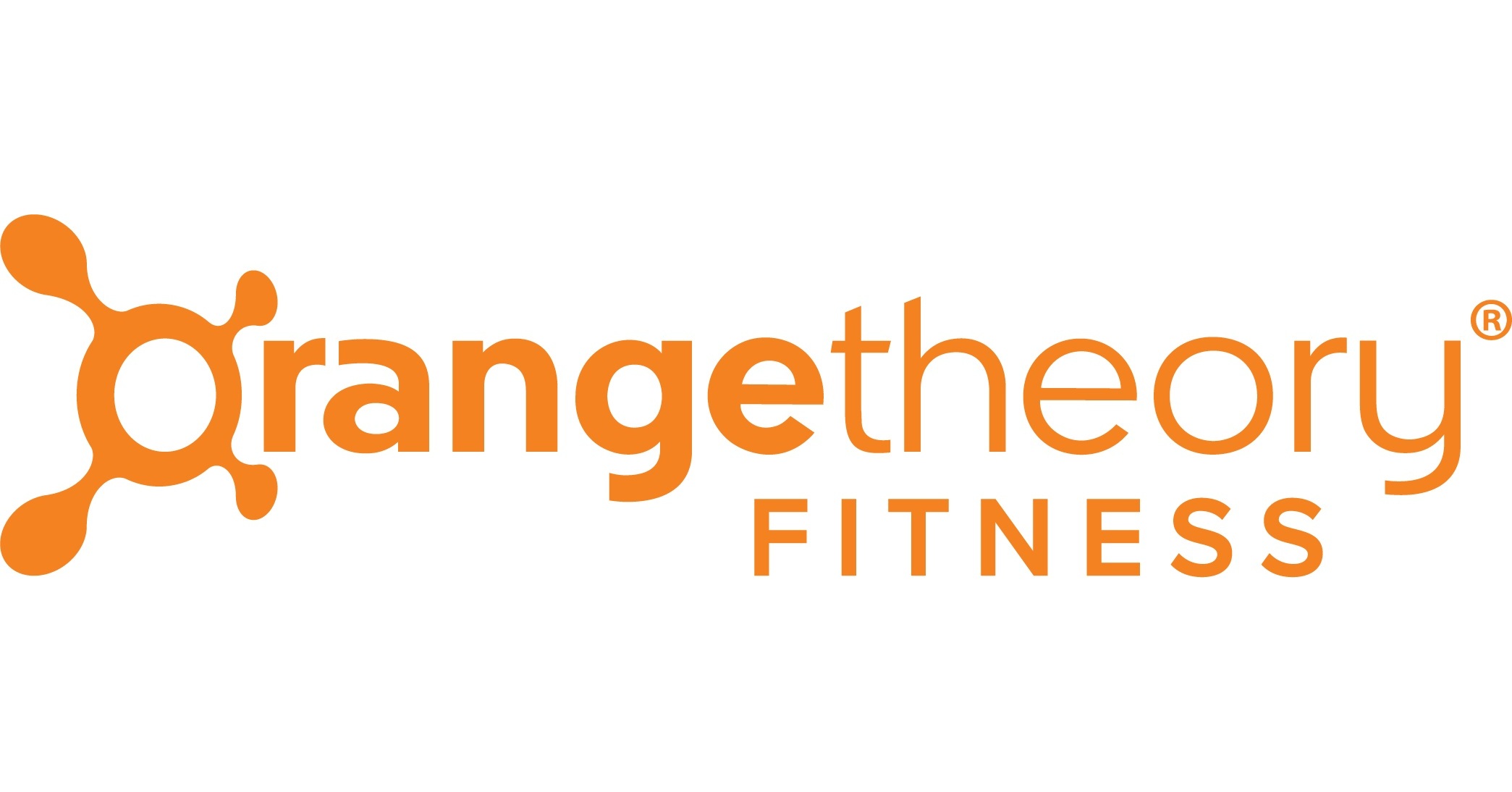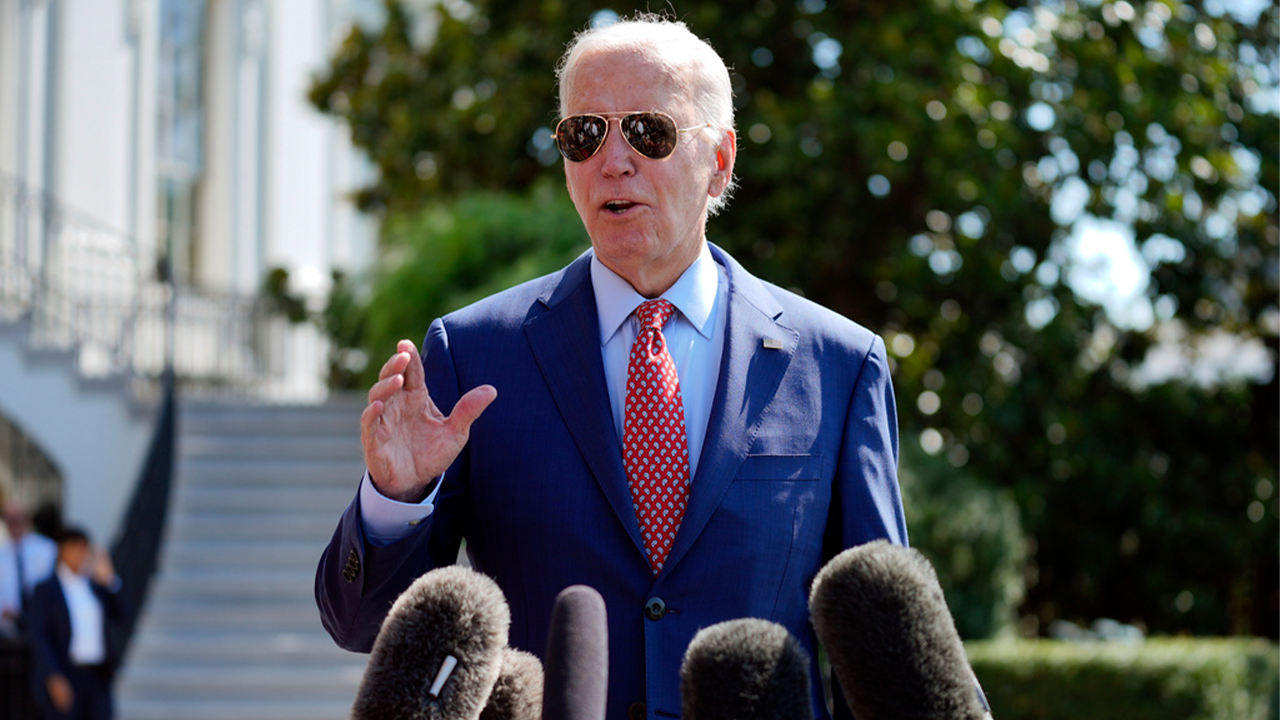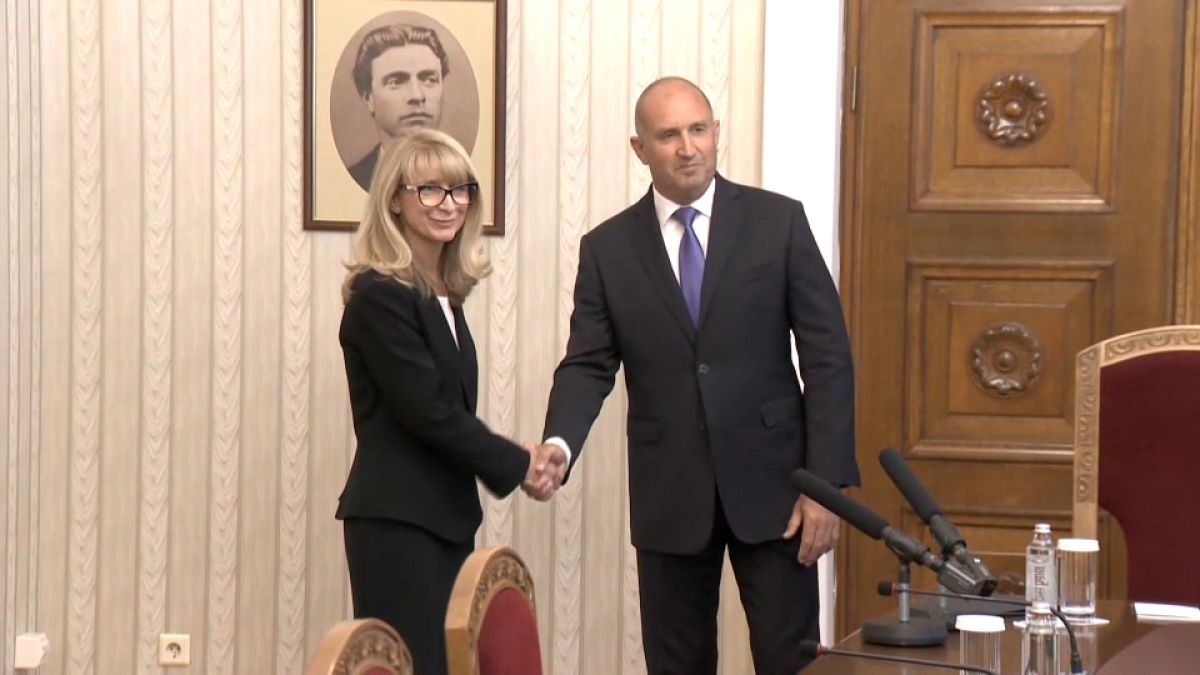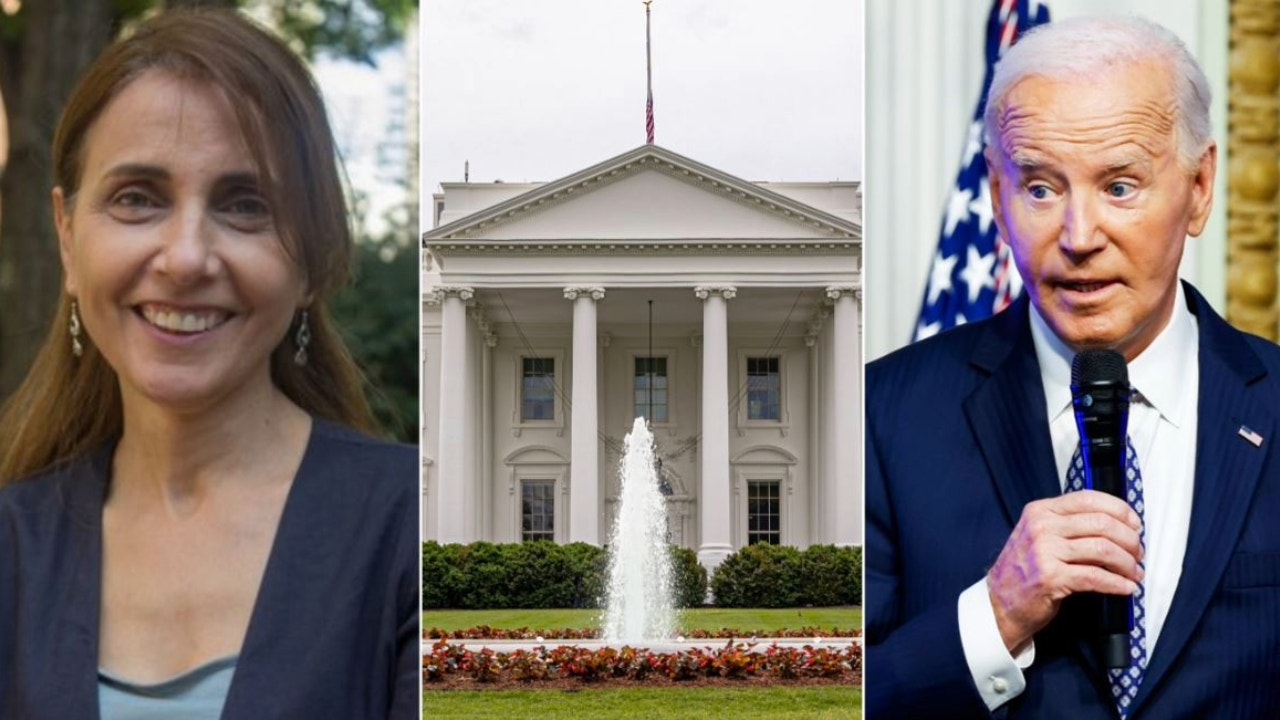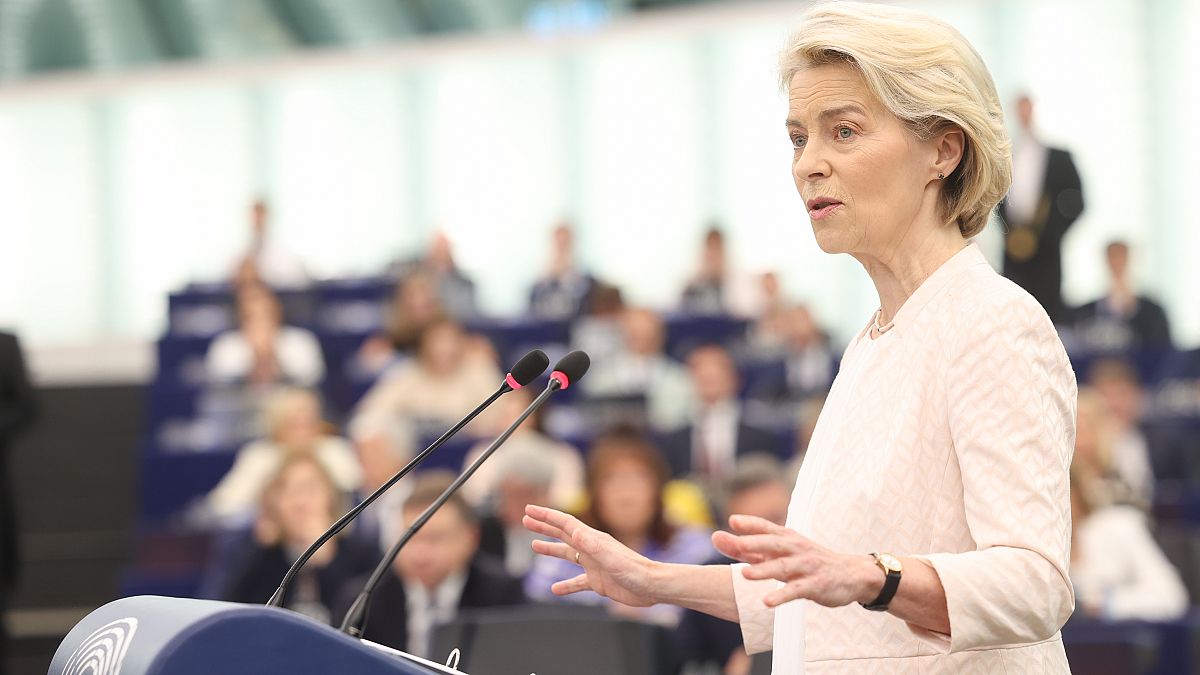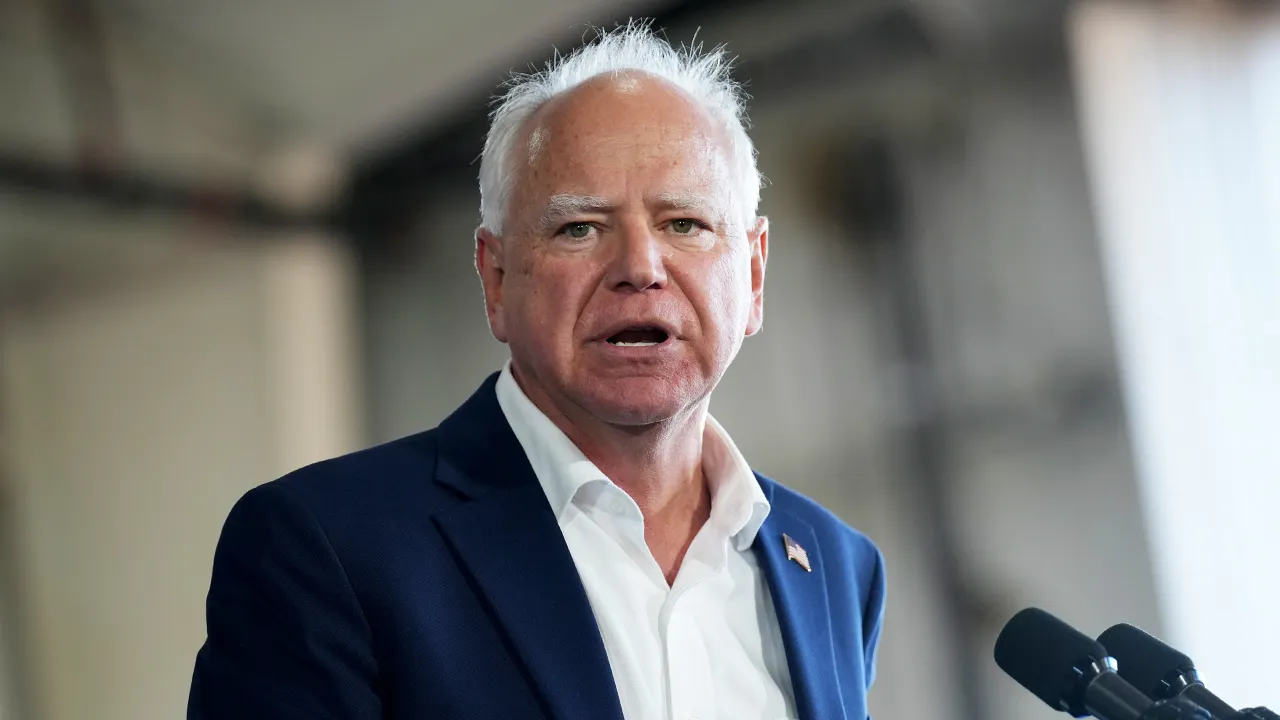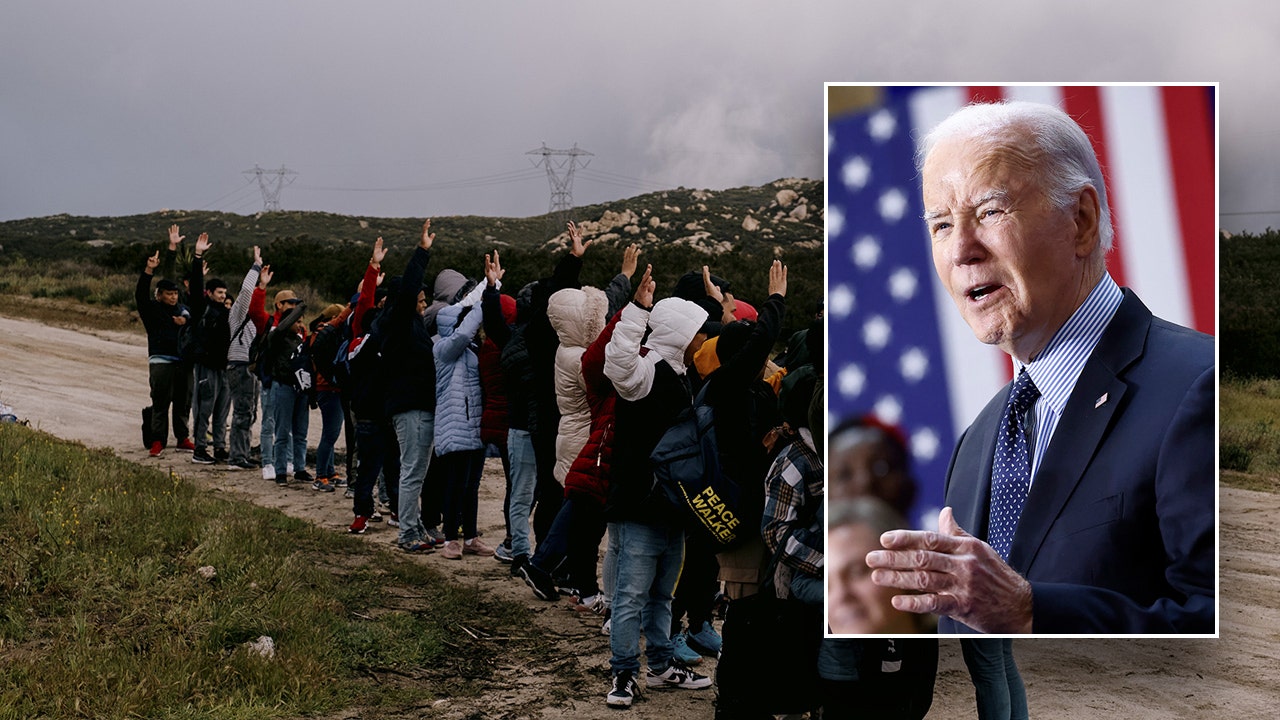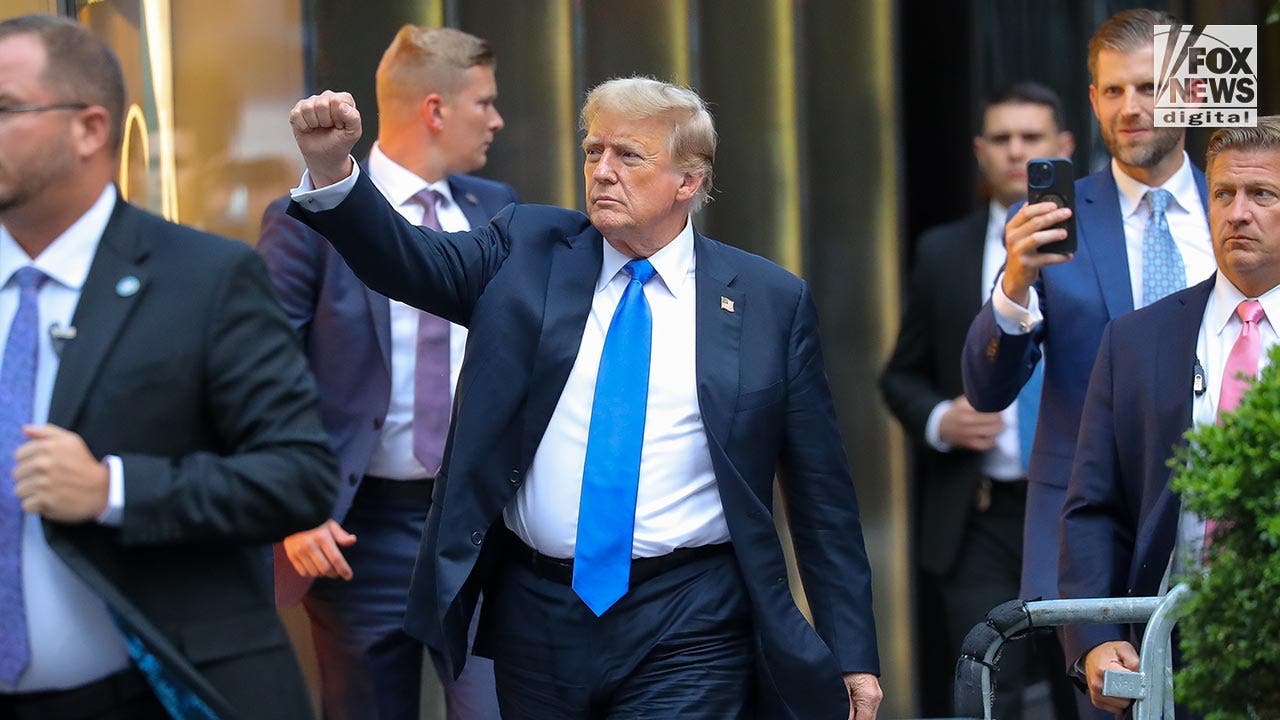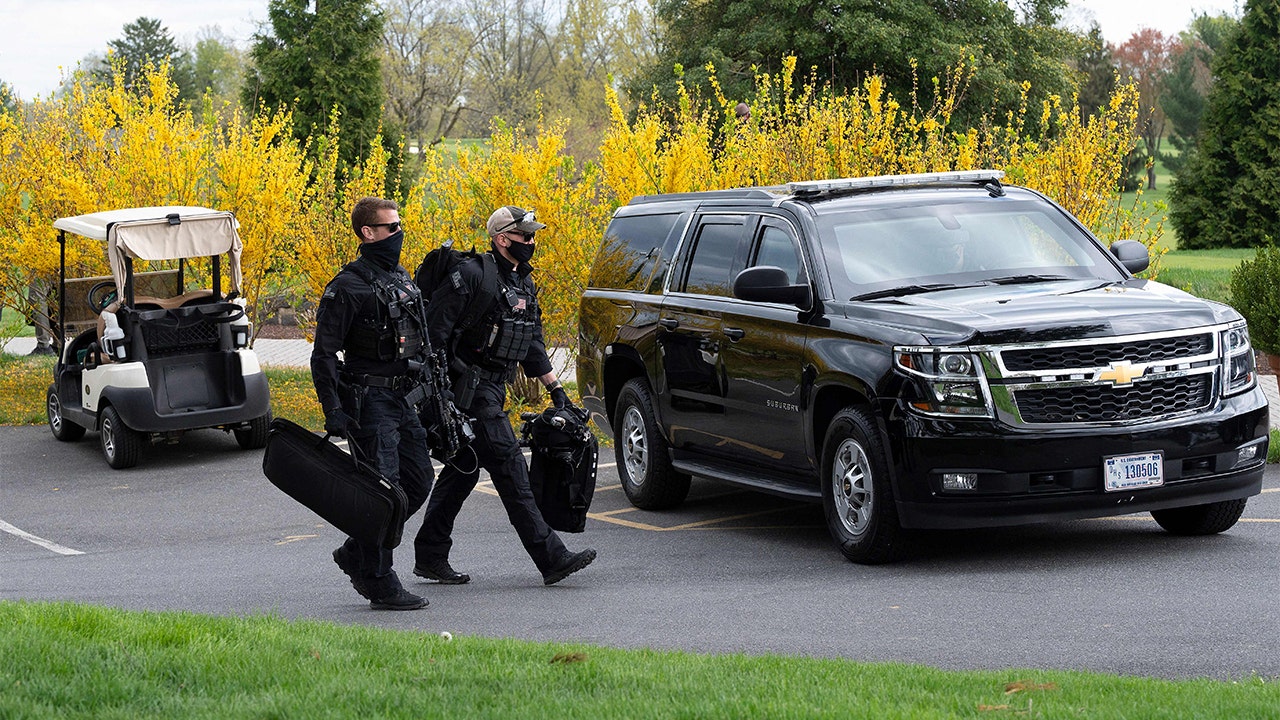The US said it had made progress towards a Gaza ceasefire-for-hostages deal on Monday, saying Benjamin Netanyahu had accepted a so-called “bridging proposal” that aimed to resolve differences between Israel and Hamas.
Antony Blinken’s upbeat assessment came after the US secretary of state held three hours of talks with the Israeli prime minister in a bid to advance long-stagnant negotiations aimed at ending the 10-month war in Gaza and securing the release of more than 100 Israeli hostages.
Speaking after meetings that he described as “maybe the last opportunity” to avoid a regional escalation, Blinken said Netanyahu had given him important assurances after a “very constructive meeting”.
“[Netanyahu] confirmed to me that Israel accepts the bridging proposal, that he supports it,” Blinken said. “It’s now incumbent on Hamas to do the same . . . The next important step is for Hamas to say yes.”
Blinken’s visit to the region comes three days after the US, Qatar and Egypt set out a proposal at talks in Doha aimed at finalising a three-stage deal that aims to halt the fighting and release the hostages. The details of their so-called bridging proposal have not been made public.
Hamas has accused Netanyahu of seeking to sabotage the deal after he added new conditions to a proposal the militant group favoured in July that was based on a plan endorsed by US President Joe Biden.
The group said the proposal put forward by the mediators in Doha last week contained changes that took account of Israeli demands but not of Hamas’s and did “not allow for reaching an agreement”.
After Blinken’s remarks, Netanyahu issued a statement thanking the US for its “understanding” of Israel’s position. But he also emphasised another recent demand: that the maximum number of “living hostages” be released “already in the first stage of the deal”.
There was no reference to Israel accepting the bridging proposal.
The US has previously expressed optimism over an imminent breakthrough, only to have them stall amid persistent differences between the two which have been at war since Hamas’s October 7 attack.
Blinken said follow-on talks would continue ahead of another expected meeting in Cairo later this week.
He added that both Israel and Hamas, if they were to agree, would “have to come together [via the mediators] and complete the process of reaching clear understandings about how they’ll implement the commitments that they have made under this agreement”.
The positive note that Blinken struck on his ninth visit to the region since October 7 came as a surprise, after both Netanyahu and Hamas had appeared to stiffen their respective positions on Sunday.
Before Blinken’s meeting with Netanyahu, people briefed on talks said that mediators were at best cautiously optimistic about the chances of progress, with the Israeli prime minister seemingly refusing to soften his demands.
It was not clear if Netanyahu watered down his conditions in his talks with Blinken.
One of the main sticking points has been Netanyahu’s insistence that Israel would not withdraw from the Gaza-Egypt border area known as the Philadelphi corridor, along with other demands introduced in recent weeks.
Netanyahu’s conditions differed from a draft plan unveiled by Biden in late May, which was initially endorsed by Israel and envisaged Israeli forces withdrawing from populated areas of Gaza in the first stage of the agreement and completely in the second stage.
Egypt, one of the mediators, also opposes Israel keeping forces along the Philadelphi corridor, according to diplomats. On Sunday, Netanyahu said Israel was conducting negotiations and “not a scenario in which we just give and give”.
The US and its allies have intensified pressure on both Israel and Hamas to get a deal over the line in the hope of preventing the Gaza war from spiralling into a full-blown regional conflict.
But Netanyahu also faces pressure from far-right allies in his governing coalition not to end the war against Hamas or make concessions to the Palestinians.
Regional tensions have soared after Iran and its Lebanese proxy Hizbollah pledged to retaliate against Israel for the assassinations of two senior militants late last month.
During his trip, Blinken highlighted the huge build-up of US forces in the region to deter Iran and Hizbollah and defend Israel if it is attacked.
Blinken said there is “a real sense of urgency” in Israel and across the region on “the need to get this over the finish line and to do it as soon as possible”.



